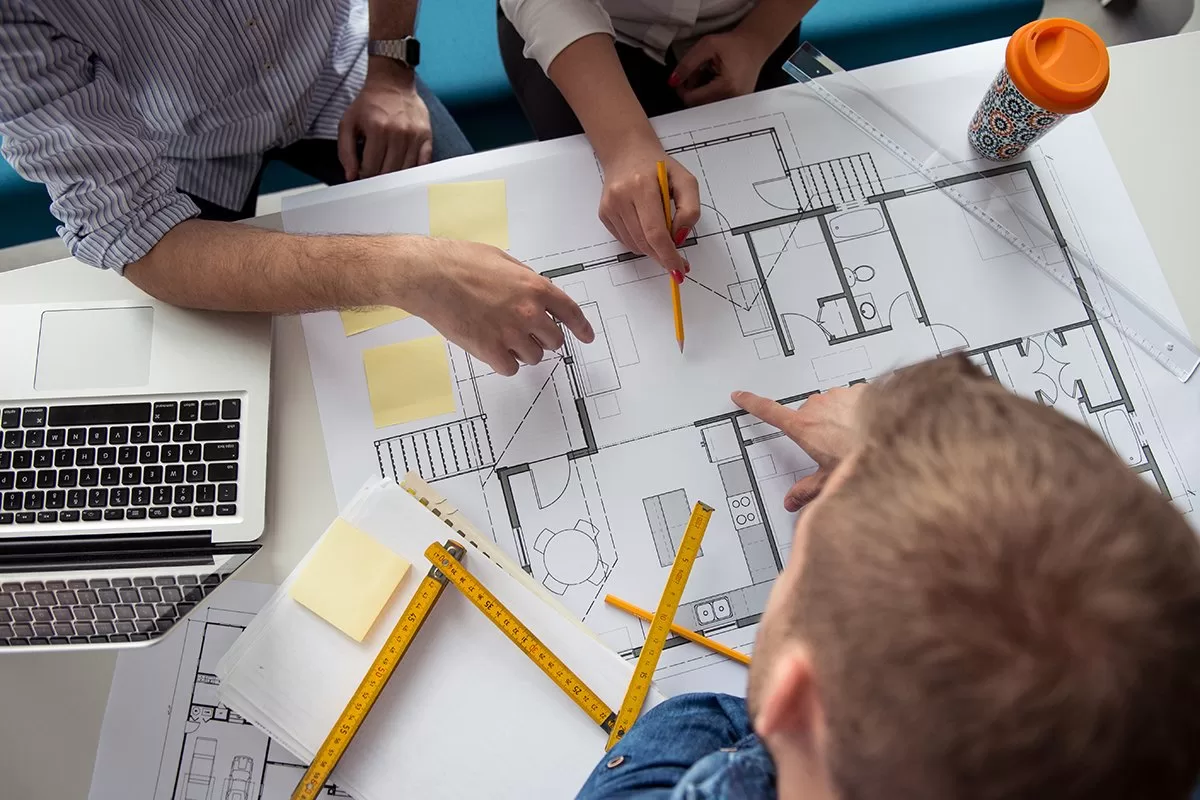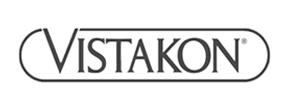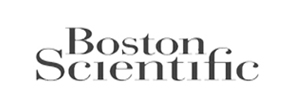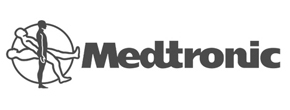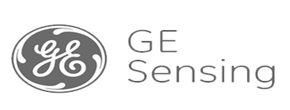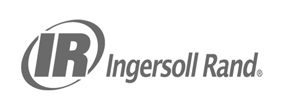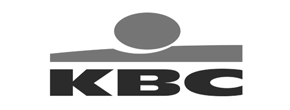As urban areas expand and the impacts of climate change intensify, the need for effective stormwater management has never been more pressing. Sustainable Drainage Systems (SuDS) have emerged as a vital solution, addressing the challenges of urban runoff, flooding, and water pollution. Integrating rainwater recovery into SuDS offers a multifaceted approach that enhances their efficiency and sustainability, making it a crucial consideration in planning applications and building developments.
The Role of SuDS in Modern Urban Planning
SuDS are designed to manage stormwater close to its source, promoting natural water cycle processes such as infiltration, evaporation, and storage. The primary objectives of SuDS include:
· Reduces Runoff Volume:
o By capturing rainwater from roofs and other surfaces, less water flows into the drainage system. This means SuDS features like swales, ponds, and infiltration basins can be smaller, as they need to handle less water.
· Reducing Flood Risk:
o By slowing down and holding back stormwater runoff, SuDS mitigate the risk of surface water flooding.
· Improving Water Quality:
o SuDS filter pollutants from runoff, enhancing the quality of water entering natural water bodies.
· Enhancing Biodiversity and Amenity:
o SuDS often incorporate green spaces that support wildlife and provide recreational areas for communities.
· Recharging Groundwater:
o Promoting infiltration helps replenish aquifers and maintain groundwater levels.
· Improves Water Quality:
o Rainwater recovery captures clean water before it picks up pollutants from surfaces. Cleaner runoff means SuDS can focus more on managing water quantity rather than extensive treatment for quality, simplifying the design.
· Supports Multi unit developments:
o Collected rainwater can be used to irrigate green roofs and gardens. This reduces the need for additional water sources and supports the health of SuDS components like rain gardens, which can be smaller as they are supplemented by stored rainwater. Rainwater can also be used internally with in the home reducing water supply requirements
Integrating Rainwater Recovery into SuDS
Rainwater recovery systems capture and store rainwater from rooftops and other surfaces for later use. When combined with SuDS, these systems provide a robust approach to stormwater management, offering several benefits:
1. Mitigating Runoff and Flooding
Incorporating rainwater recovery in building developments reduces the volume of stormwater entering the drainage system. By capturing rainwater at the source, the pressure on SuDS components, such as swales and detention basins, is alleviated, minimizing peak flow rates and flood risks. Rainwater runoff from hard surfaces such a roof areas can be reused within the building thus reducing the requirement on the attenuation tank sizing
2. Enhancing Water Quality
Rainwater recovery systems prevent pollutants from entering runoff by capturing rainwater before it flows over urban surfaces. This cleaner water can be used within the building or released gradually into SuDS features, reducing the overall pollutant load and improving the quality of water discharged into the environment.
3. Promoting Water Conservation
Recovered rainwater can be used for various potable and non-potable purposes, such as irrigation, toilet flushing, and cooling systems and drinking water in commercial buildings. This reduces the demand on mains water supplies, conserves valuable freshwater resources, and supports sustainable water management practices in urban developments.
4. Supporting Green Infrastructure
Green roofs, rain gardens, and other vegetated SuDS components require irrigation to maintain healthy plant growth. Rainwater recovery systems provide a sustainable water source for these green spaces, ensuring their vitality and enhancing urban biodiversity and aesthetics.
5. Economic and Regulatory Benefits
Rainwater recovery can lead to cost savings for building owners and developers by reducing water bills and minimizing the need for extensive stormwater infrastructure. Additionally, many planning authorities and building regulations now incentivize or mandate the use of sustainable drainage and water management practices, making the integration of rainwater recovery systems a strategic advantage in planning applications.
Practical Considerations for Integration
Successfully incorporating a One Eight rainwater recovery system into SuDS within planning applications and building developments is a straight forward and simple process with huge benefits:
Design Integration
· Site Assessment:
o Conduct thorough site assessments to determine the optimal locations for rainwater recovery systems and SuDS features.
· System Sizing:
o One Eights rainwater recovery system is located external of a house or building. Similar to an Air to water system. it requires no ground works or replumbing of the existing or new development
· Connectivity:
o Ensure that rainwater recovery systems are seamlessly integrated with SuDS components, allowing for overflow to be managed within the broader drainage strategy.
Regulatory Compliance
· Policy Alignment:
o Align rainwater recovery and SuDS designs with local planning policies and building regulations. Engage with planning authorities early in the design process to ensure compliance and gain support.
· Incentives and Grants:
o Explore available incentives, grants, and subsidies for implementing sustainable water management practices in building developments.
Conclusion:
Integrating rainwater recovery into Sustainable Drainage Systems represents a progressive approach to urban water management. In the context of planning applications and building developments, this integration offers significant economic, environmental, and regulatory advantages. By capturing and reusing rainwater, reducing flood risks, improving water quality, and promoting water conservation, rainwater recovery systems enhance the sustainability and resilience of urban developments. As cities strive to meet the challenges of climate change and urbanization, the synergy between rainwater recovery and SuDS provides a blueprint for sustainable urban planning and development.
Contact One Eight today to discuss how our rainwater recovery systems can benefit your project. 067 53886 or Info@OneEight.ieCPD registered.

